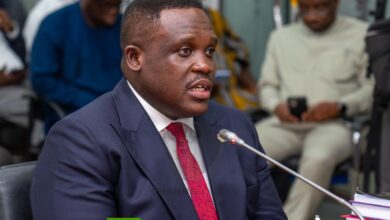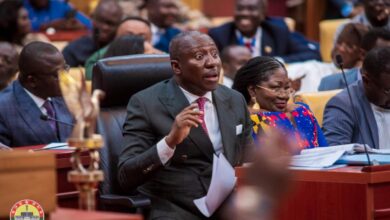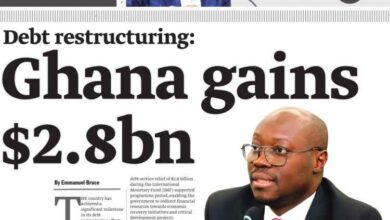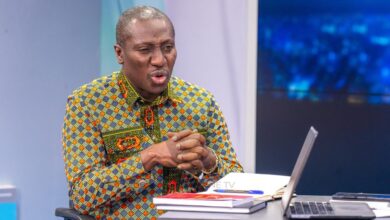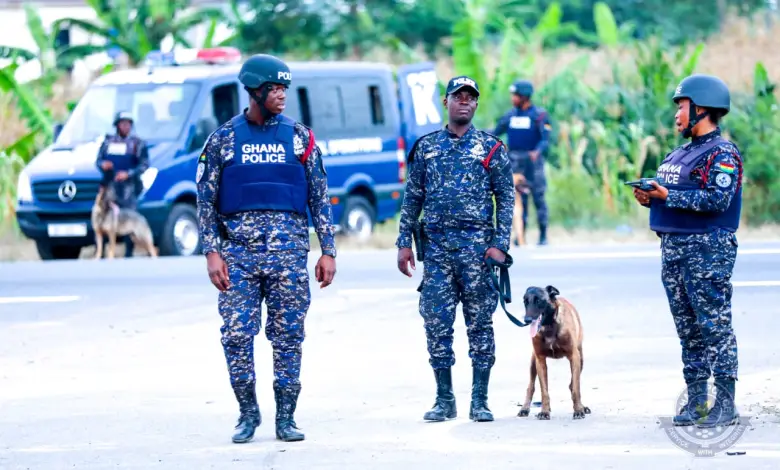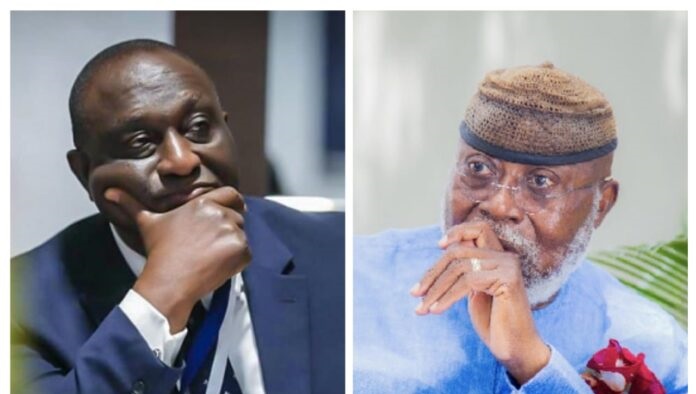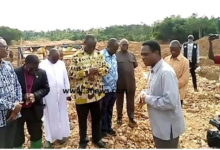NDC Celebrates 30th Anniversary : 6 Good things they did as a party in government
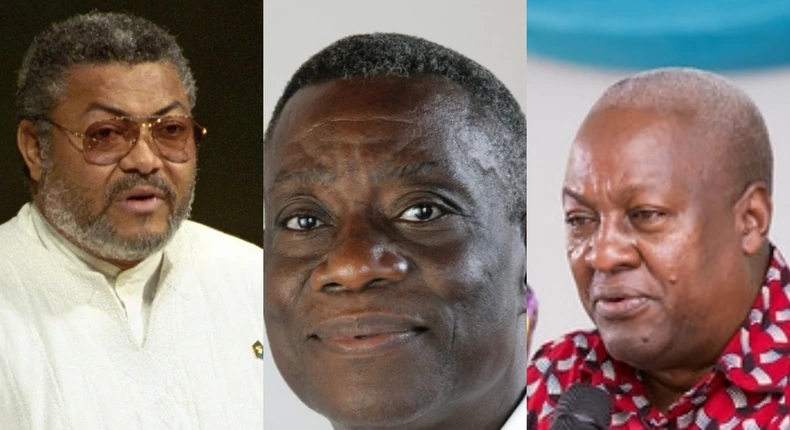
The National Democratic Congress (NDC), Ghana’s current largest opposition party, marked its 30th anniversary this month.
Despite the fact that the party is no longer in power, its role to Ghana’s exceptional democratic credentials cannot be overstated.
The NDC is credited with ushering Ghana into its current constitution and has contributed to some of the country’s most major achievements and policies.
In honor of the anniversary, we looked back at some of the NDC’s achievements during its time in power.
1 . The 1992 Constitution: In 1981, the founder of the National Democratic Congress (NDC) came to power in a military coup. In 1984, the PNDC created a National Commission on Democracy to study ways to establish participatory democracy in Ghana. The commission issued a “Blue Book” in July 1987 outlining modalities for district-level elections, which were held in late 1988 and early 1989, for newly created district assemblies. One-third of the assembly members are appointed by the government.
The assembly was charged to draw up a draft constitution to establish a fourth republic, using PNDC proposals. The PNDC accepted the final product without revision, and it was put to a vote.
On 18 May 1992, the ban on party politics was lifted in preparation for multi-party elections. The PNDC and its supporters formed a new party, the National Democratic Congress (NDC), to contest the elections. Presidential elections were held on November 3 and parliamentary elections on December 29 of that year.
2 . Rural electrification project: By the mid-1980s, Ghana had about 250,000 electricity consumers, meaning that merely 10 percent of the population had access to power. The major cities of Accra, Tema, Takoradi, Kumasi, and Cape Coast accounted for 70 percent of these consumers.
This necessitated a massive rural electrification project by Jerry John Rawlings as a leader of the PNDC and subsequently the NDC.
President Jerry John Rawlings in 1987 committed itself to an ambitious “National Electrification Scheme.” The policy, which was targeted at achieving universal access to reliable electricity supply by 2020, gained the support of the World Bank and the International Monetary Fund.
The Volta River Authority (VRA) supported the scheme by extending the Volta grid from Kumasi to Brong Ahafo, the Northern, and the Upper Regions and by taking over the distribution of electric power through its new subsidiary, the Northern Electricity Department, to Northern consumers.
At the time of leaving office, the former and late President Jerry John Rawlings-led governments had increased electricity access from 10 percent to a whopping 45 percent, with an annual average growth rate of approximately 2 percent.
3 . Single digit inflation: Under President John Evans Atta-Mills of the NDC, Ghana’s stable economy experienced sustained reduced inflation leading to the attainment of single digit inflation of about 8.4%.
It was one of the lowest rates Ghana had attained in 42 years i.e. period between 1970 and 2012 as well as the lowest since June 1992 just before the start of Ghana’s Fourth Republic.
Also, in 2011 under President Mills and the NDC, Ghana was the fastest growing economy in the world at 20.15% for the first half of the year and 14.4% at the end of the financial year according to the International Monetary Fund.
4 . Increase in education capitation: Under Mills, the government introduced a programme to provide free school uniforms to deprived communities while providing over 100,000 laptops or notebooks to school children to facilitate the learning process in a highly technological world. More than 23 million books were distributed.
The NDC government also expanded the school feeding programme to include 230 more schools. Government paid the full tuition fees for all teachers pursuing further studies through distance learning. A sustained program involving the Ministry of Education, the GETFUND, and resources allocated by the various District Assemblies have begun to ensure the elimination of schools under trees and provide all schools in the country with decent classroom infrastructure.
5 . Greater Accra Regional Hospital: Under the Presidency of John Dramani Mahama, the NDC built the Greater Accra Regional Hospital.
The 420-bed expansion project, which has improved quality and expand access to healthcare delivery, particularly in Accra, has one of the best facilities of the best health institutions in Africa.
Among the components of the hospital are an Imaging Department, a Delivery Unit, an Accident and Emergency Unit, a Neonatal Intensive Care Unit, an Intensive Care Unit (ICU), an Emergency ICU and a Burns Unit.
It also has accommodation for 42 staff members, a School of Anaesthesia, a 100-body capacity mortuary and an oxygen generation plant.
The project was financed with a credit facility from the United States Exim Bank and the HSBC Bank.
6 . Cape Coast Stadium: Under the Mills/Mahama NDC administration, Ghana built a 16,000 seater stadium at Cape Coast.
The multi sports facility boast of 21 fully furnished rooms that accommodates two individuals per room, two halls for table tennis and boxing respectively, with the latter loaded with equipment and gym equipment for the boxers.
There are two outdoor basketball courts, one handball and one tennis court, an eight lane running tracks and a football pitch.
The edifice was a US $35 million project funded by the People’s Republic of China as a grant.
Credits to Pulse Ghana

